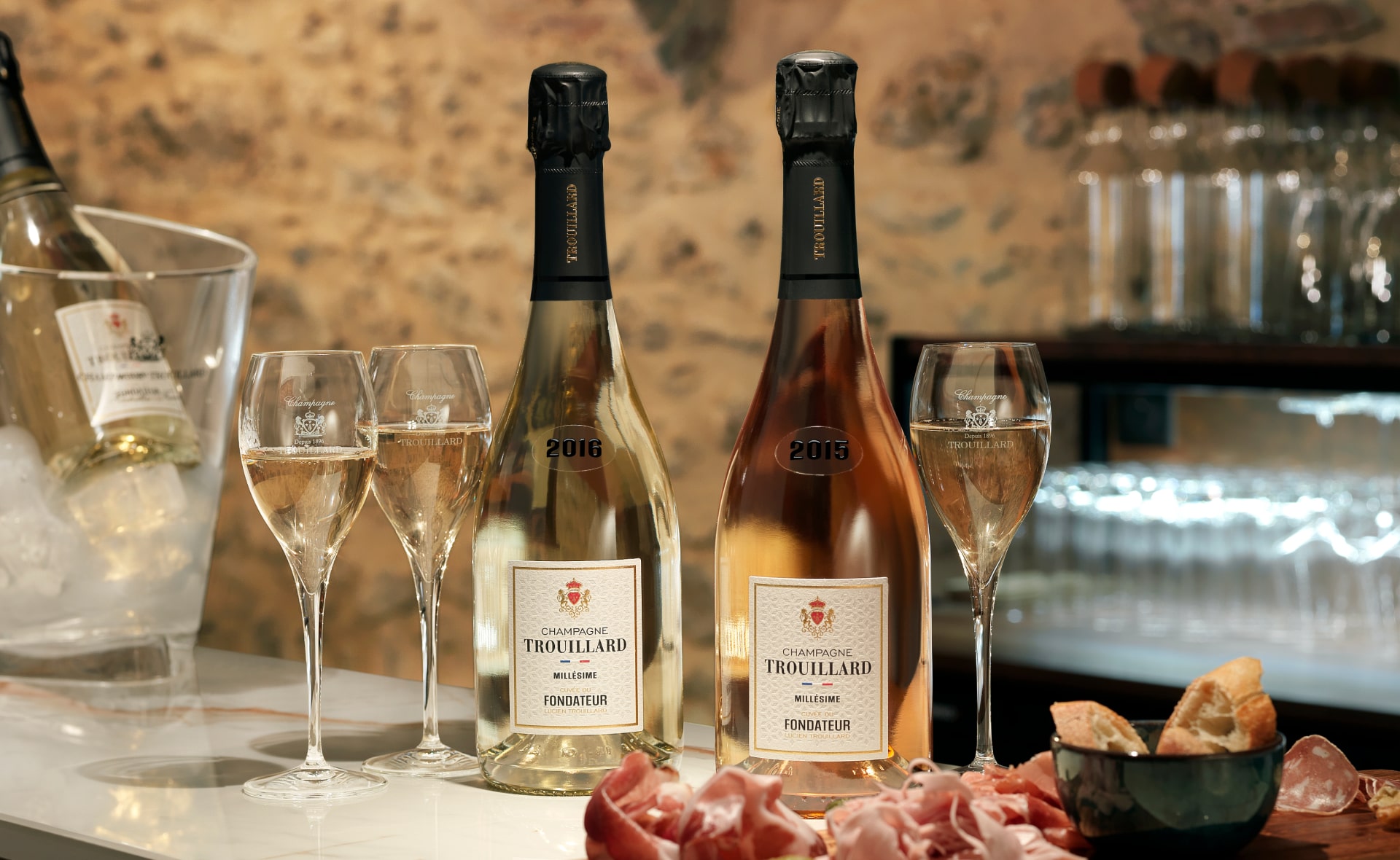Our history
It all began when Lucien Trouillard was born in in 1896 in Pointe à Pitre, a hamlet 6km south of Epernay.
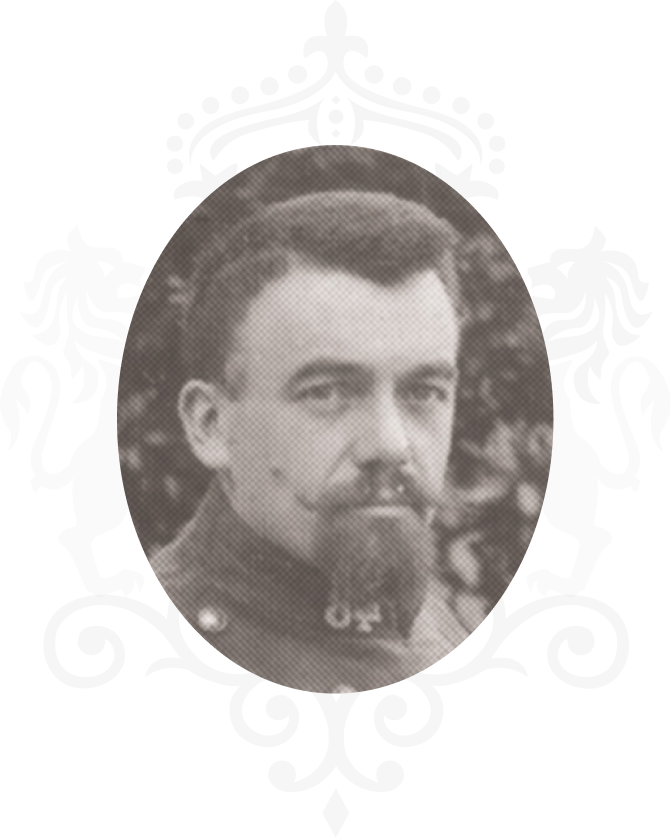
The family was poor, but not destitute. Lucien's father worked in the maintenance workshops for the bygone Épernay railway during its heyday. Lucien himself began working at the brickyard 100m from his house when he was 12.
You can still see what's left of the kilns at La Briqueterie hotel and restaurant, which Jean Trouillard built in Lucien's childhood garden. After finishing at the brickyard and earning a diploma a few years later, Lucien was hired by a local vine grower who taught him the wine and champagne trade.
He was fascinated and learnt all about the different winemaking techniques, including "riddling" before being made "cellar master", the pinnacle of the profession.
Soon after, Lucien seized the opportunity to join forces with an Épernay wine merchant in a 50-50 venture opening a wine and champagne business which would become the Maison Trouillard. This is where it all began. At the time, red wine accounted for most of the turnover among exclusively local customers. A horse called Bayard transported deliveries in a cart.
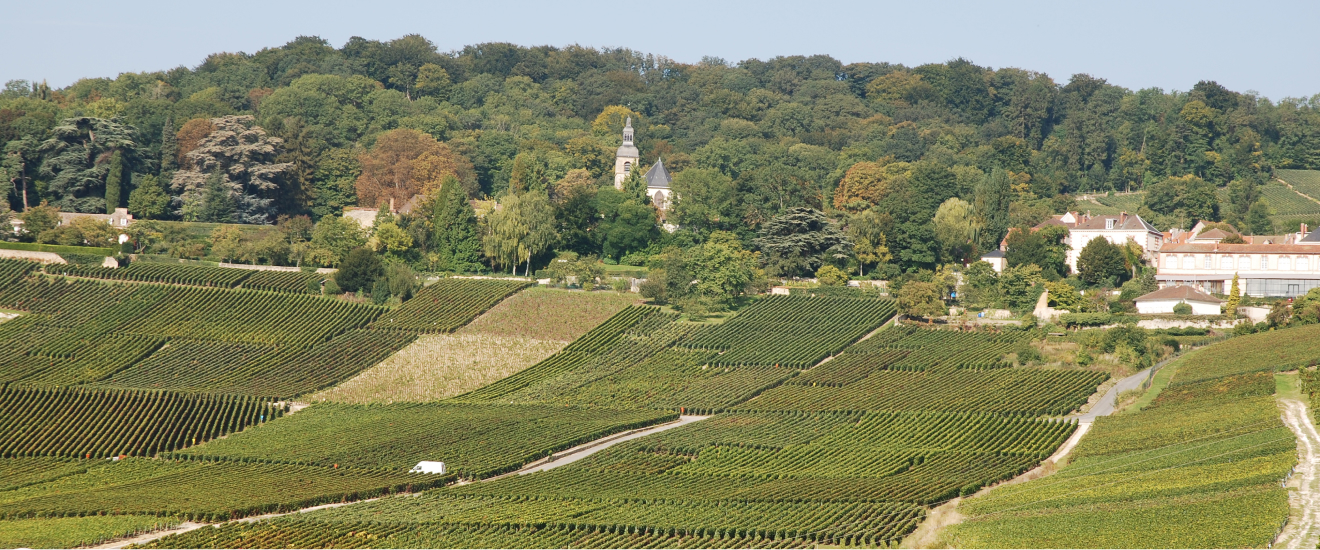
An enduring business
The business flourished for a very long time, until just after World War II. But Lucien had his sights set on champagne. He wanted to be a "champagne merchant".
He married Henriette. Then he bought a winery on Avenue Foch in Épernay whose cellars would house a "champagne" business. The couple had two sons, Jean in 1907 and René in 1914.
In the meantime
He bought his partner's shares to become the sole proprietor.
Vine growers couldn't sell their grapes any more and began rioting in 1911. The champagne wineries were set on fire and ransacked. The concept of "Appellation d’origine controlée" (AOC or Designation of Controlled Origin) appeared after these events, but war broke out and put a stop to any discussions.
Discussions picked up again after the war and resulted in the law of 1927 which defined the entire winemaking landscape in France then Europe. Lucien was called to the front. He was gone for 4 years, experienced life in the trenches in Verdun and returned unscathed. In his absence, Henriette took care of the property and made sure nothing disappeared or was wasted.
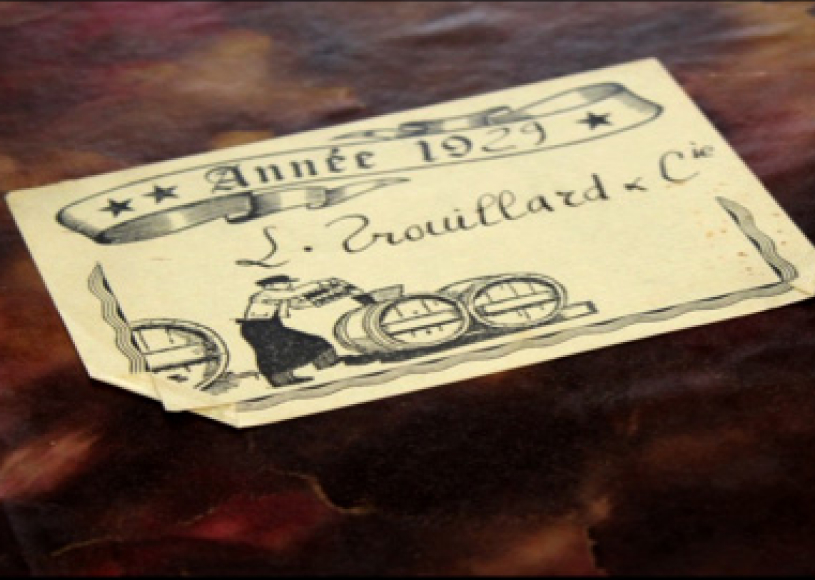
Henriette died in 1950. René's family moved in with Lucien. A few years later, Lucien had an accident that left him deaf.
Jean and René took care of managing the business during this time. They slowly settled into their roles: Jean was in charge of the technical side of the company whilst René took care of sales and finance.
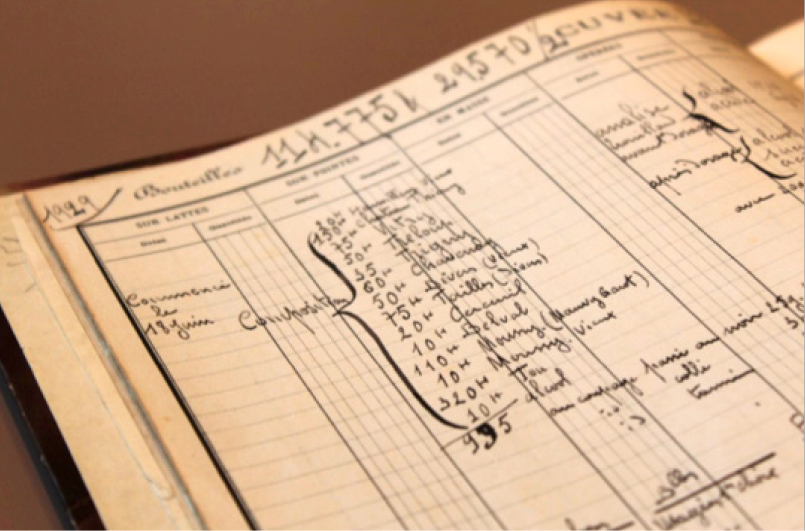
Lucien's presence was still very much there and business continued smoothly.
The Trouillard brand earned its place in the sun in Champagne. Jean oversaw a series of small purchases to expand the vineyard, which grew to 15 hectares. Earning a place in the sun is all well and good, but sometimes it isn't enough. The business needed that "je ne sais quoi" to capture its hard-earned renown. It needed an air of prestige. It needed a "brand".
The door to opportunity is always open...
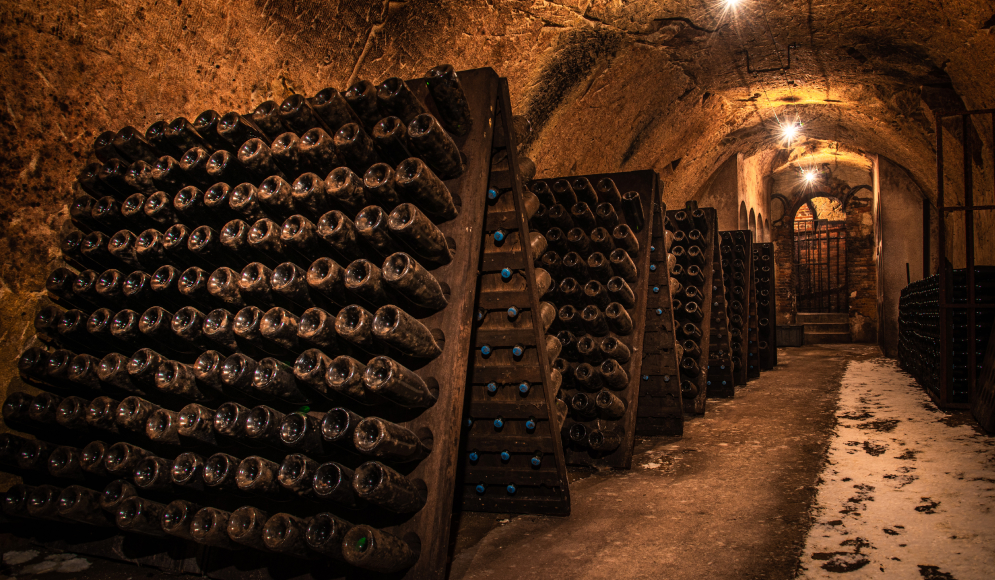
End of the war, start of Les Trente Glorieuses (1945-1975);
An almost non-stop period of growth began which, unsurprisingly, coincided with a boom in sales fuelled by champagne's new AOC status.
Champagne soon became an outer symbol of "bien-vivre" or living life to the full. It overcame social boundaries and you could drink it whenever you fancied, it made any occasion special! Like many others, the Trouillard brand spread its wings.
But there was a stumbling block: creating a brand around Trouillard, a word that means "lily-livered" in French! Also, building a brand needs so much investment for such a long time that it wasn't worth it.
The "champagne" designation
Before the "champagne" designation came into force, the "brand" was the only way to gain customer loyalty.
The business option they went for was to go down the route of "private labels" or "marque d'acheteur" (champagnes that have been exclusively produced for one client or under the client's own brand).
The Trouillard brand gradually became a powerhouse in the world of "private labels": at one time or another other the years, it supplied practically all the distribution channels in France alongside several independent wholesalers, renowned restaurants and more.
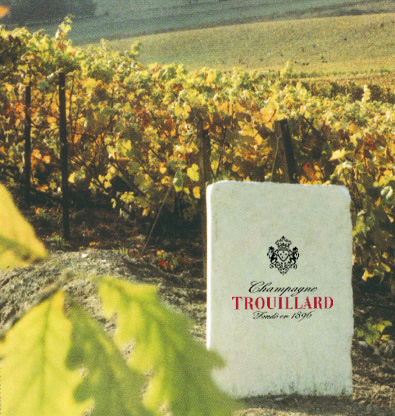
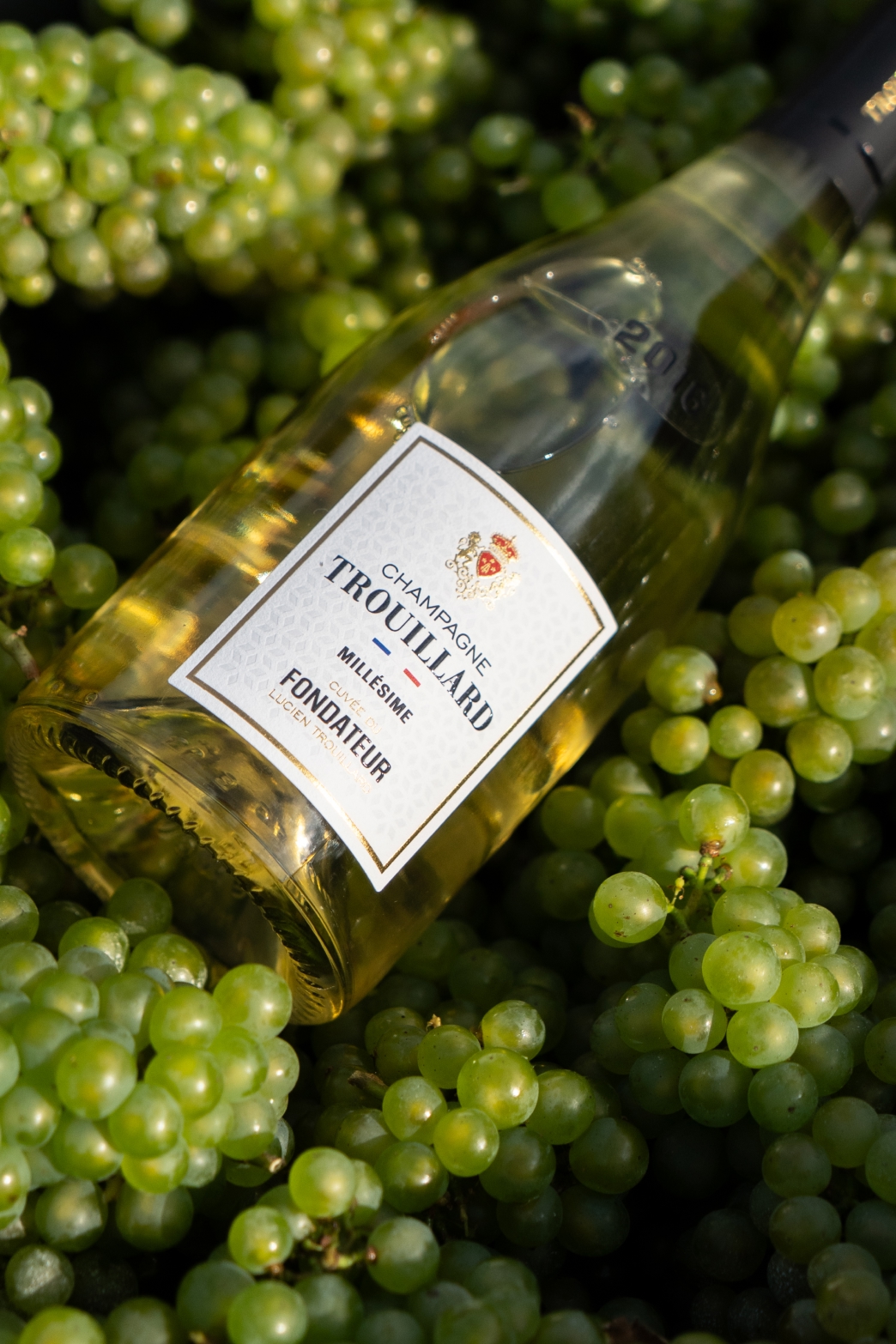
The Trouillard brand earned its place
It became the leader in this type of merchandising with an influential position in the UK. At its peak, the brand sold three million bottles a year, making it the 10th biggest seller of all the champagne brands. It was the 1970s.
The Trouillard brand earned its place in the sun in Champagne. Jean oversaw a series of small purchases to expand the vineyard, which grew to 15 hectares. Earning a place in the sun is all well and good, but sometimes it isn't enough. The business needed that "je ne sais quoi" to capture its hard-earned renown. It needed an air of prestige. It needed a "brand". They got the ball rolling. The door to opportunity is always open...
The Trouillard brand gradually became a powerhouse in the world of "private labels": at one time or another other the years, it supplied practically all the distribution channels in France alongside several independent wholesalers, renowned restaurants and more.
It was the 1960s...
Opportunity came knocking: the De Venoge business was for sale! It was a real "brand", founded in 1837 and up there with the big boys. An opportunity like this happens once in a blue moon... They went for it!
Obviously, everybody wanted a slice of the action. Moët & Chandon was in the running but not for De Venoge the brand; for its stocks. They came to an agreement: Trouillard bought the brand, buildings and cellars whilst Moët & Chandon bought the stocks.
A huge amount of effort went into reviving and promoting the De Venoge brand over the next 20 years. The Trouillard/De Venoge Group pooled all their resources at Avenue de Champagne.
In the meantime
Business never stopped, wide-scale promotion wasn't in its sights and Trouillard continued its journey, especially in France. We're talking 200,000 bottles a year.
The third generation came on board in the late 50s. First came Jean's sons: Michel worked with his father, Jacques went into French sales and procurement whilst Pierre worked in hospitality. Then René's children: Luc took care of the export markets and works committee, Bertrand worked with Jean and Michel whilst Florence spread her wings and explored other horizons in Paris at an early age. The company didn't share its profits, so wage labour was primarily how it distributed earnings among shareholders.
Sadly, Lucien passed away when he was 87 in 1966.
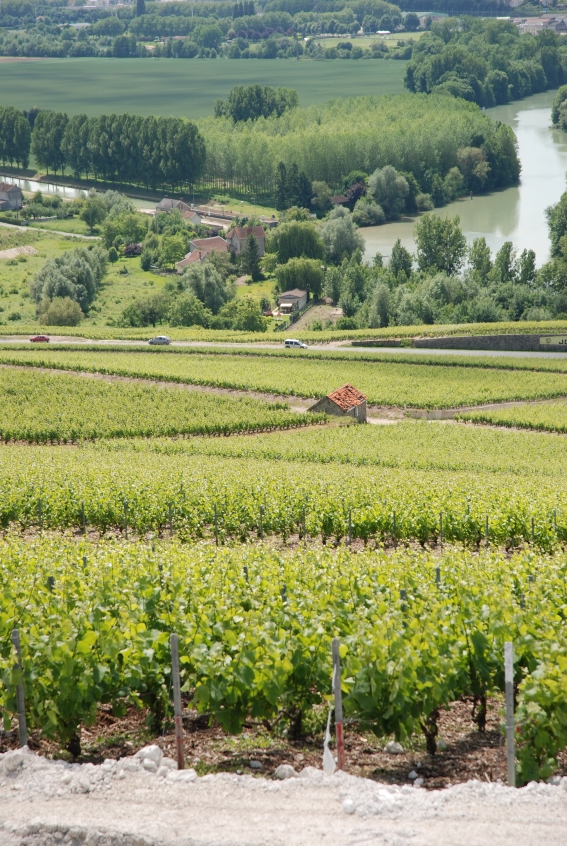
Nobody saw May 1968 coming...
Once the student protests had simmered down, the unions bravely took up the baton. A wave of strike action struck France, including Epernay. Despite the apparent calm following the "Grenelle agreement", the period left deep and long-lasting scars on either side...
The tide slowly turned. A new atmosphere settled. The focus was on securing the company's long-term future. Not just from an economic point of view, since business wasn't doing badly after all.
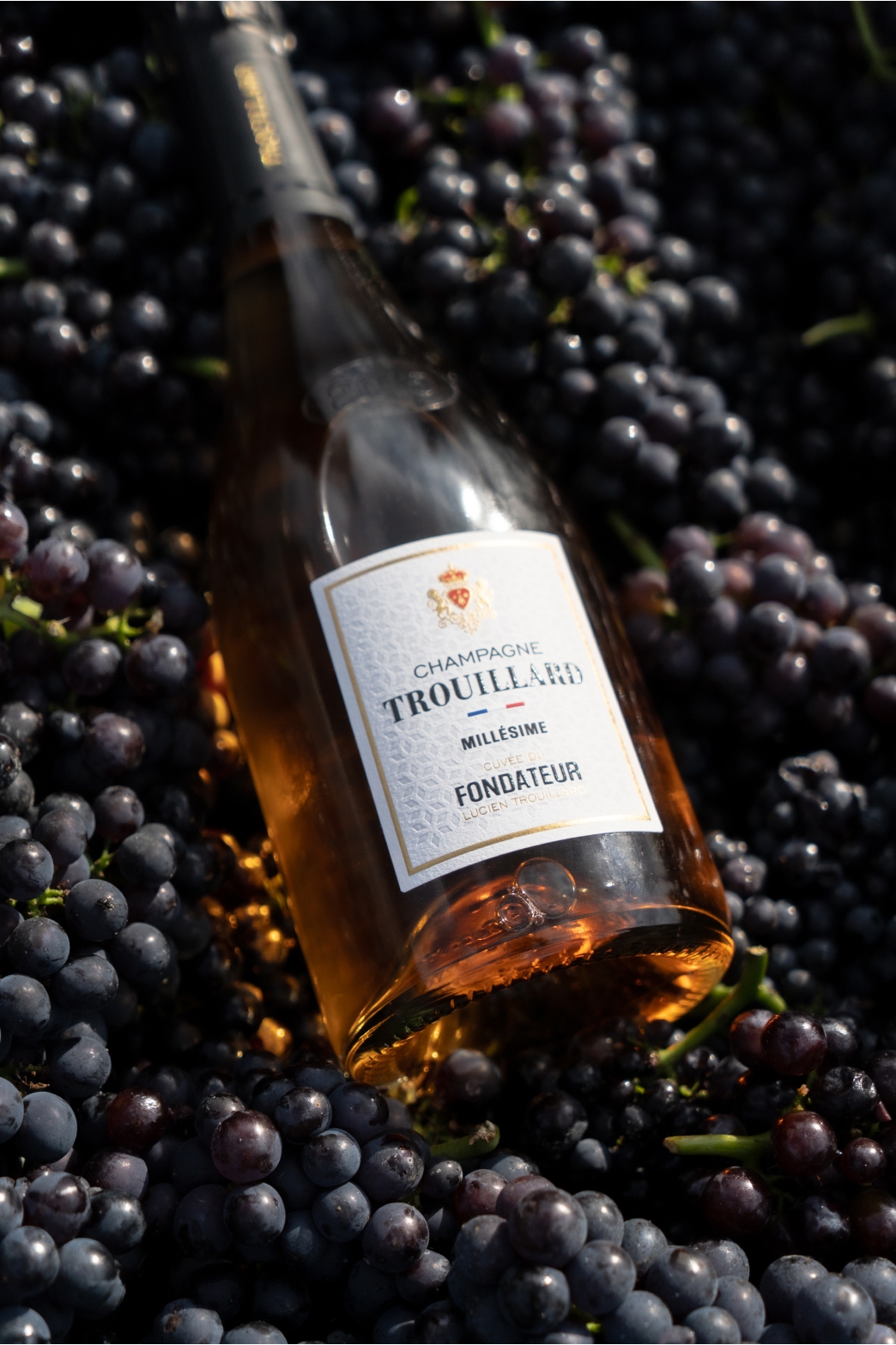
The future of the brand
Sadly, Jean passed away in 1974...
The future of the brand, the subject of respectful and unspoken agreement when all the "founders" were around, became an obvious concern.
Jean's sons first raised the issue in 1977. Actually, they said what was on their minds: they wanted to sell the brand. It was a radical idea based on objective reasons, but there were unique psychological reasons too.
This time, it was mind over matter and the sale went ahead. A year later, in 1980, Jospeh Henriot bought it after buying the Charles Heidsieck brand a few years earlier.
It marked the end of an era:
- René retired
- After much consideration, Luc left Champagne (the region and wine) six months after the sale and went into a different line of work.
- Bertrand took over the Trouillard brand and set up Champagne Trouillard in Foch. The business was sold in 2006.
